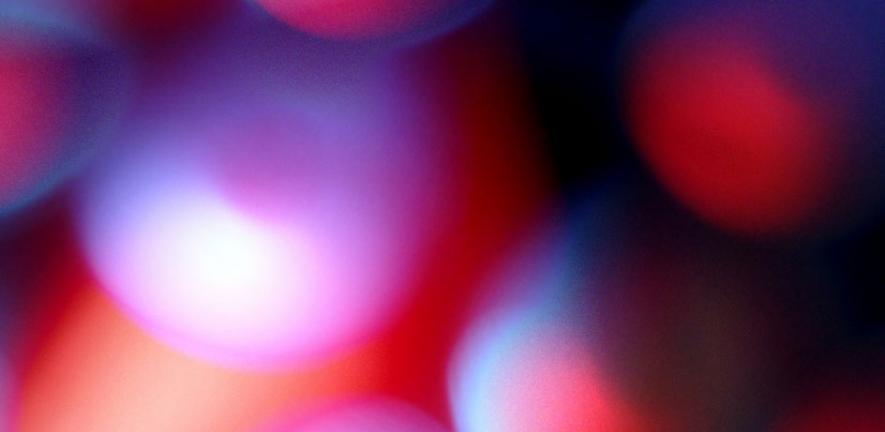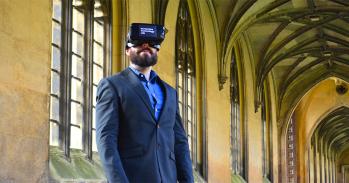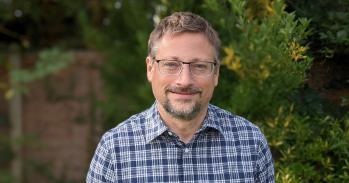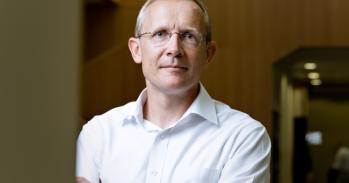
A University of Cambridge graduate is one of three winners of the 2008 Nobel Prize for Chemistry.
A University of Cambridge graduate is one of three winners of the 2008 Nobel Prize for Chemistry.
Roger's original compound, and its descendants, have transformed our understanding of cell biology.
Professor Jeremy Sanders
Professor Roger Tsien, who completed his PhD at the university in 1978, has been awarded a share in the prize for increasing understanding of the bright green fluorescent protein GFP. He also extended the range of colours that scientists can use allowing them to watch numerous cellular processes at the same time.
He shares the prize with two other scientists, Osamu Shimomura and Martin Chalfie, for their work identifying and developing the fluorescent protein GFP. It was first found in the jellyfish Aequorea victoria in 1962.
GFP can be tagged onto proteins providing scientists a window into the cell. They can now watch the actions of thousands of proteins that regulate a diverse range of processes; from how we feel pain to controlling hunger and providing further insights to diseases such as cancer and Huntington's. Before this technology the actions of the thousands of proteins used by humans were invisible to scientists.
Roger Tsien took his Bachelor's degree at Harvard then came to Churchill College, Cambridge to study for a PhD in the Department of Physiology. He spent much of his time working in the Department of Chemistry where he was supervised by Professor Jeremy Sanders:
"Roger decided that it was important to know the concentration of calcium in cells, and he had a entirely novel idea about how to measure it," said Professor Sanders.
"His idea was to design a molecule that could get into cells and change colour when it contacted calcium ions. It was a brilliant conception, combining chemistry and biology. He made the compound in chemistry, then he went back to Physiology and proved his idea worked. Roger's original compound, and its descendants, have transformed our understanding of cell biology. He has continued his work in this area, and is an inspiration to everyone who reads his work or hears him speak."
After completing his PhD he was the Comyns Berkeley Unofficial Fellow at Gonville and Caius from 1977 to 1981, before moving back to the USA. Professor Tsien is now based at the University of California San Diego.
The University of Cambridge has more Nobel Prize winners, 83, than any other institution.
Announcing the prize the Nobel Foundation stated: "With the aid of GFP, researchers have developed ways to watch processes that were previously invisible, such as the development of nerve cells in the brain or how cancer cells spread."
The Nobel Foundation awards the prizes each year for achievements in physics, chemistry, medicine, peace and literature.
This work is licensed under a Creative Commons Licence. If you use this content on your site please link back to this page.





